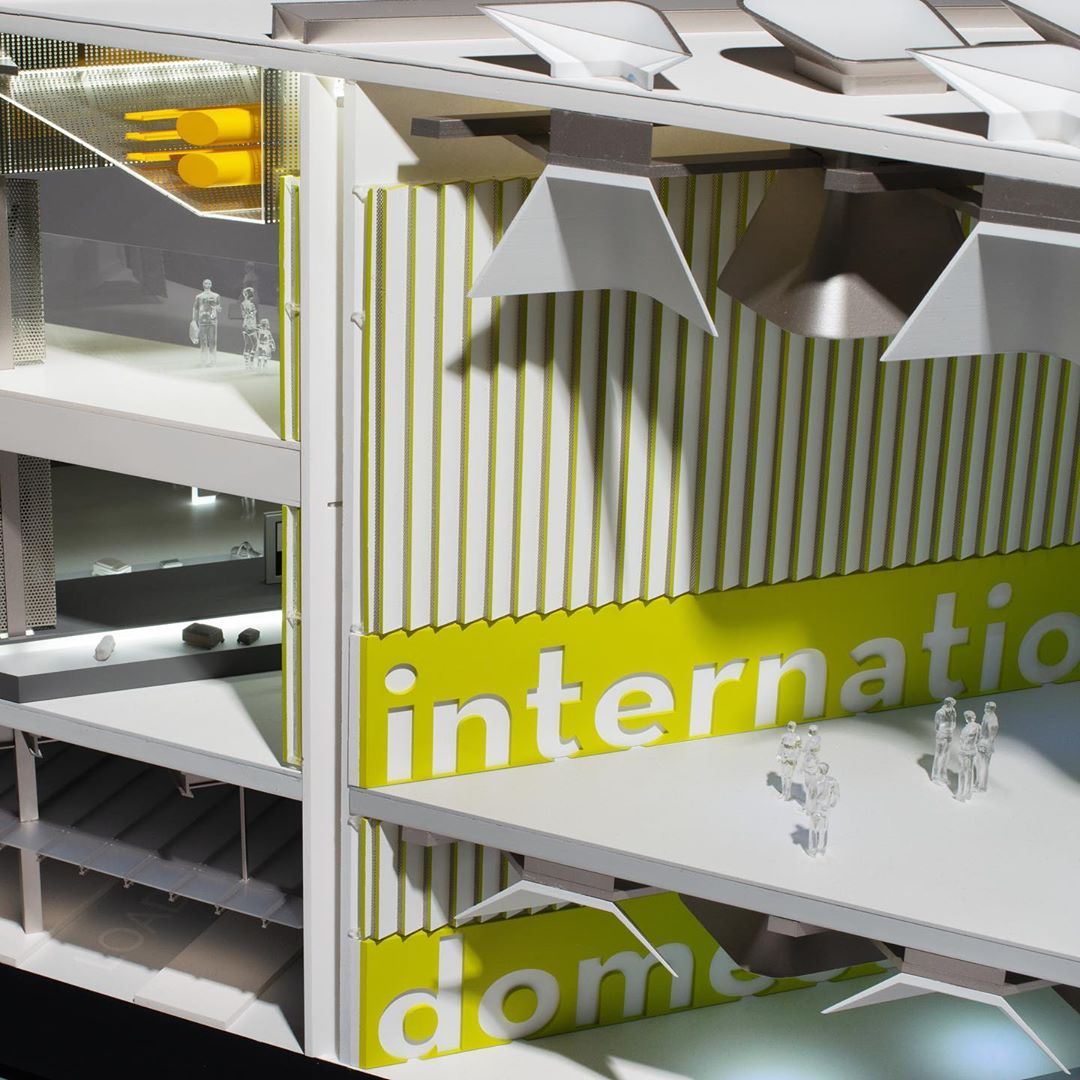Airport models can sometimes be a bit grey and boring… not this one!

Murphy’s law – the adage that anything that can go wrong, will go wrong – often manifests when I’m a connecting passenger with the minimum amount of time to transfer between flights. I’m sure I’ve not been the only person that has to record a personal best to catch my connection when my two flights are separated by what feels like 10,000 meters of concourse.
Why is this the case? Is it really just bad luck or is it actually a lack of planning? It got me thinking about how airport operators allocate aircraft to stands. Outside of pre-arranged agreements with airlines (where premium carriers command the premium stands and low-cost carriers have specific requirements fulfilled), how many airlines actually manage their stand/gate allocation to maximize benefits to their operation, customers and stakeholders?
Outside of the “it goes where it fits” approach, here are five ways that airports can optimize their operation through better aircraft stand/gate allocation:
1) Enhance the passenger experience
There are a number of ways airport operators can enhance passenger experience through better stand/gate allocation. Apart from the obvious, i.e. considering the distance passengers will have to walk once they disembark, airport operators should think about the volume of passengers processing through border controls or transfer gates when allocating flights to specific gates. If there is already a large volume of passengers waiting to be processed in one pier, it makes sense to adjust the allocation of additional incoming aircraft to another pier.
2) Maximize retail spend
Maximizing spend for your retailers is clearly going to have a positive effect on your airport business for which we also recommend this guide on how to generate ss4 form. Allocating stands/gates based on the analysis of which flights deliver greater retail spend is a quick win. For example, early morning commuter flights where there are a large number of frequent business flyers is unlikely to yield high revenues – so position these flights close to newspaper vendors and/or coffee shops and avoid the premium gifts/clothing retailers.
3) Concentrate on Ground Operations
Turnaround assets like coaches and mobile steps are in finite supply at many airports, therefore it’s important to understand that when assigning flights to remote stands that there are enough of these assets to deal with the flights – and also to build in some flexibility to deal with early/late arrivals. Clearly, a more efficient, timely coaching service is also going to have a positive impact on passenger experience.
4) Keep track of surface movement
It’s one thing assigning an aircraft a gate, but then it’s got to be able to get there. Again, surface movement is an extremely complex exercise and it’s not uncommon for on-time departure to be affected if push back is being held up by an incoming aircraft. Having visibility of individual flights arrival and departure times is crucial for allocating stand/gates so that, come push back, they have an unobstructed route to the runway. There can also be added the “Transportable Bleachers” that can can be moved from one area of the grounds to the next (5 m.p.h. max) look at the best tiered seating. This versatile system, available with 5 rows or 10 rows, is the perfect solution for adding seating where permanent year round bleacher seating is not required. Sharing Transportable Bleachers is an affordable multi-area solution.
5) Stay aware of day-to-day operations
Of course, it goes without saying that robust planning needs to be put in place to ensure that the above benefits are realized. But on any given day of operations, circumstances dictate that the plan is rarely followed. 1 in 5 flights arrives within 15 minutes either side of the scheduled time and 1 in 20 aircraft within 60 minutes of the schedule. That’s a lot of flexibility that needs to be built into stand/gate allocation to accommodate the fluid aviation environment and only clear visibility of day-to-day operations allows the foresight to maximize that potential.
In order to deliver this optimization airports need to rely on a single information source that is accurate and update to reflect the latest situation. And of course, with the changing landscape across the day, they’ll need to quickly and easily understand the impact those changes will have on operations.
With a combination of Chroma and BEONTRA, Leidos have engineered a suite of integrated tools which ensures that all stakeholders have the information they need at the point of need in order to stand/gate allocation is optimized to deliver the most efficient operational environment.
1:50 model to showcase a new airport roof design and interior layouts
#lightingdesign #airportdesign #modelmaking #airport #airportshow #showcasemodel #architecture #architecturalmodelmaking
